A recent post and the related discussion on Survival Blog got me thinking: How long do we expect to need our preps? Do we need to prep for a year? Three years?
Assuming that we are prepping for a large-scale systemic collapse that affects the entire world (not just the U.S.), how long does our food and stored gasoline need to last? When can we expect to obtain more, if ever, on the open market? Do we expect society to recover and have some level of technical expertise, or do we expect to be scratching out a living like peasants in 15 years, when all the gas is gone and our motorized equipment has failed?
For example, if I install a solar power system, the batteries might last 10 or 12 years, the panels might last 30, and the inverter might last anywhere from a few years to decades. But with any complicated electronic device, things can go wrong without warning. Should I be stocking spare parts? If so, what spare parts, and what does that do to my system costs? Maybe I would be better off getting two dual inverters, so if one failed, I could continue to run the other. Another alternative would be to buy a smaller inverter, use it for a few years, and then buy a larger model when I upgrade my system, taking the small inverter out of service and using it as a spare.
But even if our solar power system lasts, will the refrigerator? My experience has been that the new models rarely last more than a decade and many go kaput as soon as their warranty is up. What about our washing machine? Am I expected to become an appliance-repair person in an post-collapse era where there are no YouTube instructional videos available to watch? Even if I were to replace a compressor, where will I find the refrigerant five years after a collapse? Or will there be so few people left alive that I can scavenge and abandoned fridge or washer from an empty house?
In the best of times, cars break down, well pumps stop working, pressure tanks wear out, stove pipes need to be replaced, shoe soles wear out, clothing rips and tears. Even shoves and hand tools need repairs. Will there be an infrastructure in place to provide support, or do we literally need to be 100 percent self-sufficient, and is that even possible?
Death vs Destruction
I think it largely comes down to whether our SHTF moment leads to just a big die off or to death and destruction. For example, an EMP strike could leave much of our factories non-functional but largely in on piece and therefore easier to restart one day. A nuclear attack, in contrast, would leave much more destruction and large areas rendered uninhabitable due to excessive levels of radiation. Even if they resulted in exactly the same number of deaths, I would expect that society could recover more quickly from an EMP strike than from a nuclear attack.
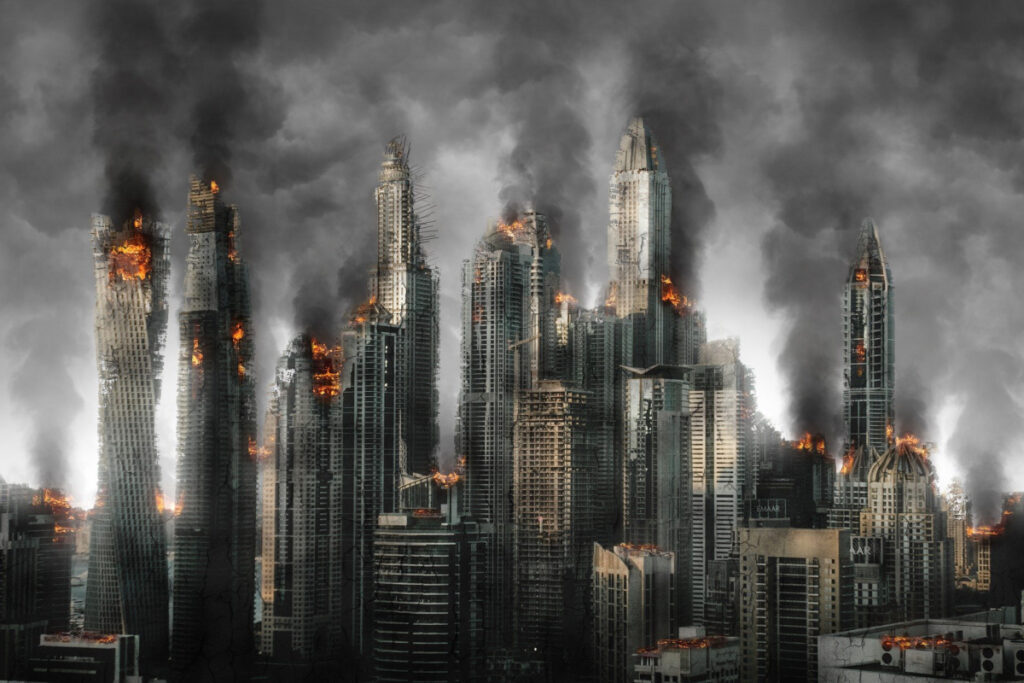
Mankind has suffered before and bounced back, often in just a generation or two. Our biggest threat is the loss of knowledge as the people who know how to run utilities, to make nuclear power plants safe, who can use a lathe or run a bioreactor are dead and gone.
Pockets of Prosperity
My expectation is that after a massive TEOTWAWKI collapse, there would be pockets of the country that bounce back first due to a variety of reasons, from available power to weather and location. Maybe people would gather in places with access to hydropower and start a renaissance. Maybe it would start near oil fields or places where natural gas is produced. What if the coal mines in Pennsylvania and West Virginia could provide power and heat to keep things running locally? Or perhaps Iowa, with its huge fields of grain and soybeans, would be a pocket of prosperity simply because they could feed a large population and produce alcohol for energy.
There’s no way to know who will survive and what will be required to bounce back. We don’t know if there will be a government left, if the military will try to seize power, or if war will break out with foreign countries. All we can do is do our best to lay low, avoid attracting attention, and emerge if and when society recovers, even if it recovers in small steps or at a level that is not as technologically advanced as we are today.
My Expectations
Here’s what I think may be a likely scenario for recover from a total systemic collapse. We warned that it’s not based on anything concrete, just my own thoughts and projections:
The First Year
The first year will be the big die off. Anyone who is dependent on modern medicine to keep them alive will die when their medicine runs out. Those who are too old, infirm, depressed, or lazy to work hard at survival will die in the early months. The meek and weak will become prey or be enslaved unless they are very good at hiding.
The die offs will happen quickly in urban areas where people are dependent on the just-in-time supply chain to feed them and on utilities to keep them warm and supplied with water. Die-offs will proceed more slowly in the rural areas, at least until the temperatures drop.
There will be an explosion of violence as what minimal resources still exist are fought over by different parties who want them. Gangs, either established or newly formed, will seek to capture resources, like occupying the local Walmart. At the end of the first winter, there will be far more people dead than alive, especially in colder areas.
Years Two and Three
During this period, things settle down some as people learn what they must do to survive and there is some stability, even if it is nothing like the pre-collapse world. The death rate will slow, but continue due to starvation, exposure, and a lack of medical care. New systems will be put into place. Groups will form and coalesce as will relationships between them. Geographic holdings will be determined and solidified. People and groups will basically find out what they can defend they can hold on to.
We will see an emergence of gangs or groups that corner a market. Groups that have taken over warehouses will have firmed up their hold on these and other resources. For example, one group may be the primary source for gasoline in a geographic area. Another gang may control the doctors and remaining antibiotics and other drugs. In some parts of the country, everyone may be reliant on one band of people for drinking water. Former military and law enforcement groups may be one or more of these gangs.
Family units and other groups that have implemented defensive plans that enabled them to stay alive will be able to focus some of their resources to increasing their food supply via gardening and hunting during this period. Others will be able to glean from abandoned properties where the owners have died. Defense will always be important as there may be feints and raids from other groups looking to gain assets. Forming strategic alliance with other small groups may be the only way to avoid being overrun by a larger gang.
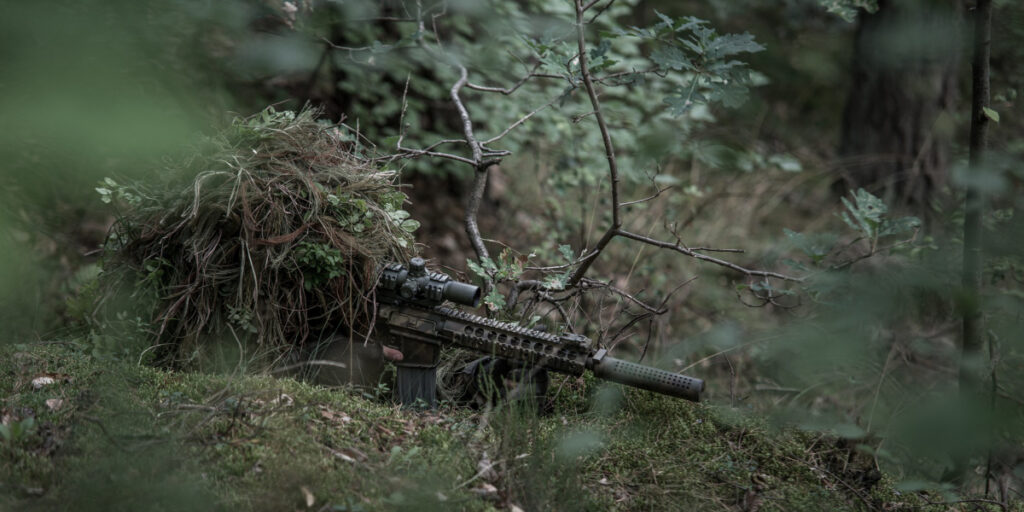
With the emergence of these groups with territories and leadership, there will come rules, and they will vary by group because they will be whatever that leader wants. Rules will lead to law enforcement and a rudimentary justice system, which will be much swifter and somewhat more arbitrary than it was pre-collapse. However, it will also be effective and violence will diminish with the exception of skirmishes between unfriendly groups.
Stored food set aside by the government and military will start to run out during this period, leading to larger scale battles over the limited number of pre-collapse resources. If there are refugee camps or any kind of internment camp run by remnants of the old government, I expect this is when they will start to run out of food or have revolts. They “guests” may be turned loose and run crazy, like a plague of locusts, they may be sold as slaves, or they may be left to starve to death.
If prepper outposts and groups can survive through the first few years, their chance of long-term survival increase dramatically.
Years Four and Five
By this point, everyone knows the rules and who the local strongman is, the agreements have been forged, the relationships solidified, and things are stable. There may be border skirmishes and even local wars, but there will also be treaties and agreements between groups.
Once there is stability, commerce might start again as would travel between geographic areas. There might be the equivalent of merchants who bring wagon trains from one part of the country to another, allowing crops from one region to again be traded for goods from another and vice versa. Commerce will start with barter and possibly evolve into using precious metals as money units. This will allow markets to spring up in central areas where people gather to sell wares. These might be small local markets, like a weekly market to trade food and hand-made goods within a territory, or a regional market than meets only a few times a year to trade livestock and horses between territories.
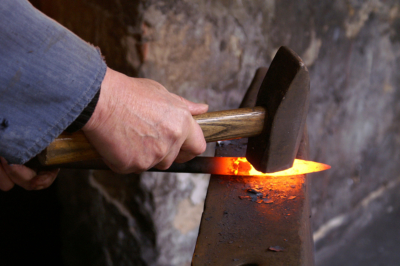
While gleaning may have been done on a small scale before, say to find a tire from which to make sandals or a vehicle leaf spring that can be used to forge knives and tools, there will be more organization to it now. Organized parties will be sent out to look for specific items. Their finds will help power commerce and repair or replace broken or worn equipment until industries can re-start.
This is when those survivors with relevant skills and experience may have an opportunity to start utilizing them to rebuild society. Don’t expect computer chips and flat-screen TVs, but steam engines and water-powered mills might be well within the early results. People might also start knitting cloth on a commercial scale.
As time passes, specialization will arise again, and villages may form to host tradesmen. This means you no longer have to tan your own deer hide as there will be tanners who will take the smelly work off your hands. If you catch small game, you can sell the excess pelts to others rather than sew your own hats and gloves. If you need new shoes, you may be able to find a shoemaker. After the trades, professionals may emerge again, like dentists and opticians.
By the end of this period, there will be some prosperity, a fair amount of peace, and people will be living a lifestyle not unlike their ancestors enjoyed in the late 1800s.
Years Six and Beyond
After the situation stabilizes, some governance is established, rules and in place and enforced, commerce blossoms and small businesses established, the conditions for rebuilding technology will have been met. Assuming that people with a working knowledge or pre-collapse technology are still alive, the pace of technology should increase more quickly than it did in the 1800s. We know what electricity is and how to generate and transmit it; it doesn’t need to be figured out from scratch. No one will have to discover radio waves, but they may have to reinvent tube technology unless we can start a chip foundry or make transistors. Perhaps computer components can be gleaned while new technology is built, but it may take decades before we reach even the scale needed to build the original PC.
Barring a war, an invasion, or another cataclysm, the rebuilding should progress relatively quickly from this point, especially if a restrained, smaller government is formed where politicians are given a limit of two terms. The formation of the government and steps to restrain it may be an even greater challenge than rebuilding our technology.
It Could be Worse
As I said before, this is pure speculation. It might not go that well at all. We might be doomed to wear badly-tanned furs and hunt with bows spears. There will be little or no birth control and few midwives, so girls may be getting pregnant at young ages and the rate of infant and mother mortality will likely soar. Infections that were once easily treatable could cost you your life or a limb. As pre-crash supplies dwindle, your life may get more and more miserable.
Or, maybe the government knows you are a prepper and a few weeks after the collapse, a helicopter loaded with soldiers lands in your yard and demands you turn over your stored food. They might not let you keep your guns, either. You turn them over, thankful they didn’t kidnap or rape your 14-year-old. Further down the valley, you can still see the smoke from your neighbor’s house after he opened fire on the helicopter.
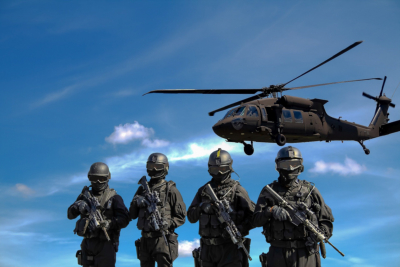
Planning for the Unknown
Obviously, none of us know what we’ll face after a massive disaster and/or total collapse of society. Maybe the idea that utilities will go off and stay off is incorrect. Maybe we’ll have a slow slide and a gradual recovery rather than a collapse. In either case, preparing for a worse scenario will just put you in a better position to recover more quickly.
If you enjoyed this article,
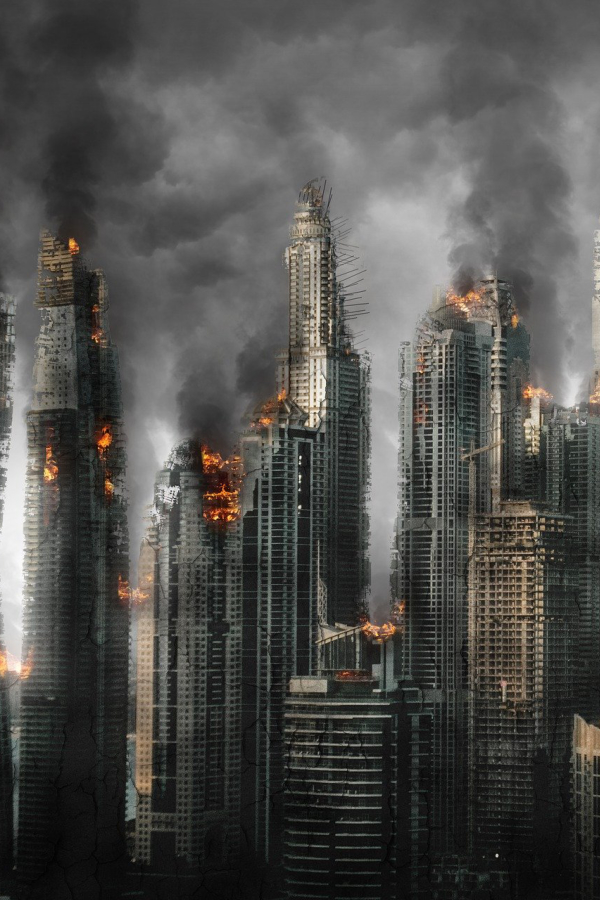

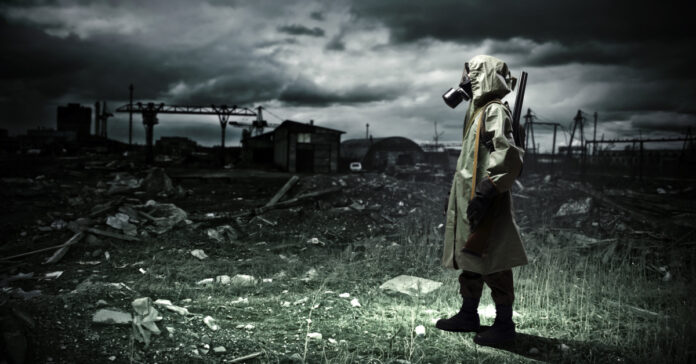






Excellent… a lot to think about…
Comments are closed.